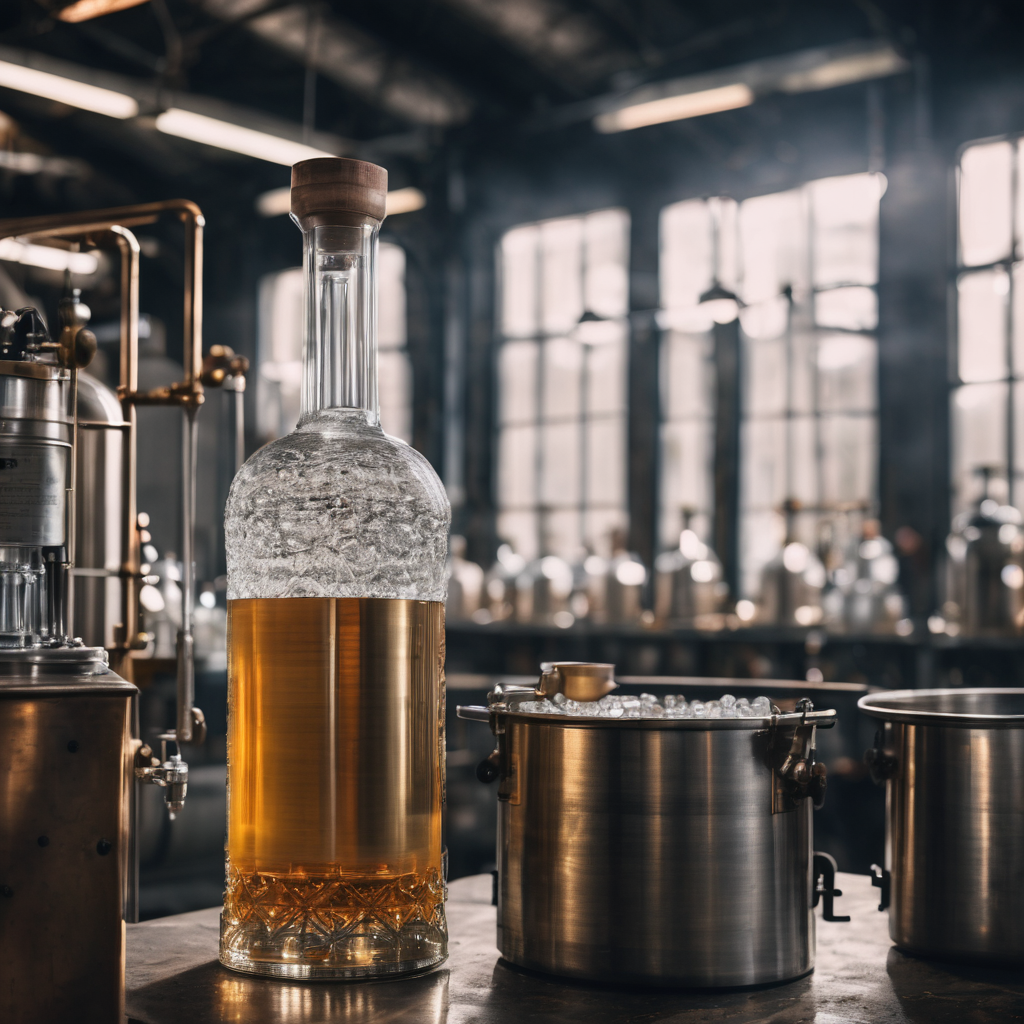What is an Alcohol Meter (Alcoholometer) or Proof Hydrometer?
An alcoholometer or proof hydrometer is a specialized instrument used to measure the alcohol content in spirits, liquors, and other distilled beverages. It measures the volume of alcohol in a liquid mixture compared to the total volume. Any unfermented sugars in the solution will render the reading inaccurate, so while this instrument might look similar to a tripe-scale hydrometer in appearance, it is calibrated completely differently, and only works in solutions containing between 15% and 96% alcohol by volume (ABV%) in water.
Steps to Use an Alcohol Meter or Proof Hydrometer:
1. Gather Equipment:
- Alcoholometer/proof hydrometer
- Graduated cylinder or hydrometer test jar
- Sample of the alcoholic beverage to be measured
2. Prepare the Hydrometer:
- Ensure the hydrometer and the container are clean and dry to prevent any interference with the readings.
- Place the graduated cylinder or container on a level surface.
3. Take the Reading:
- Pour a 250ml sample of the alcoholic beverage into the graduated cylinder.
- Carefully place the alcohol meter or proof hydrometer into the liquid. Avoid touching the sides to prevent inaccuracies.
- Allow the hydrometer to float freely without touching the container’s sides or bottom.
4. Read the Alcohol Content:
- Take the reading where the surface of the liquid intersects with the scale on the hydrometer. Read the scale at eye level for accurate results.
- Some alcohol meters display readings in percentages of alcohol by volume (ABV), while others might indicate proof (twice the ABV). Ensure you understand the scale being used.
5. Record and Interpret the Reading:
- Record the alcohol content reading from the hydrometer.
- If your hydrometer measures in proof, you can convert it to ABV by dividing the proof by two (80 Proof = 40% ABV).
- For maximal ease of accurate reading, the Alcoholometer provided in the Ultimate Moonshiner’s Test Kit is marked only in ABV%. Simply double the reading to convert to the proof scale (ie: 40% ABV = 80 Proof)
Additional Tips:
- Ensure the sample is at the appropriate temperature for accurate readings, as temperature affects density and, subsequently, the alcohol meter’s accuracy.
- Clean the hydrometer after each use and store it properly to maintain its accuracy.
- Calibration may be necessary periodically to ensure accurate readings. Once you’ve got a few distillation runs under your belt, you can reserve a 250ml sample of your highest output, stored at room temperature. For maximum accuracy, test this liquid first before testing subsequent runs to ensure that the result is the same as your original reading. Variations in temperature, barometric pressure, and altitude can affect this result, so adjust subsequent readings according to any difference you notice. (For example, if you had reserved an 86% ABV sample but on this particularly cold and overcast day it’s measuring at 85%, simply adjust any other samples you’re testing that day up by 1%)
Safety Precautions:
- Handle the glass hydrometer with care to avoid breakage.
- Use caution when handling alcoholic beverages above 40% ABV and keep them away from open flames or sources of ignition.
Fun Fact: Liquor that contains 40% ABV (80 US proof) will catch fire if heated to about 26 °C (79 °F) and if an ignition source is applied to it. This temperature is called its flash point.
Using an alcohol meter or proof hydrometer allows you to measure the alcohol content in spirits, providing essential information for blending and proofing.

Leave a Reply